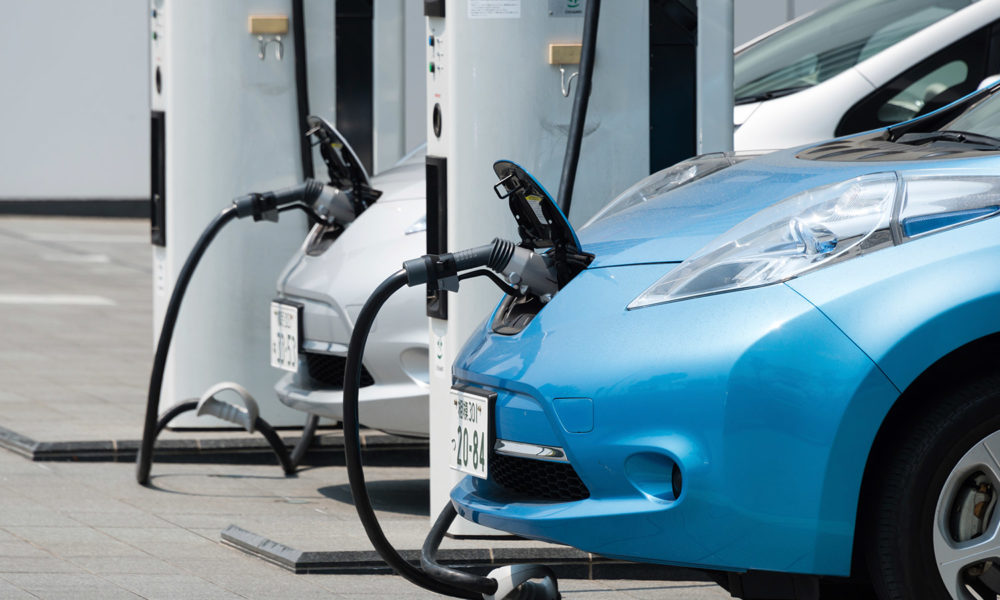This trend is expected to keep growing with due to technological developments being made. EVs are increasingly viewed to counter climate change. As the market grows, though, it also encounters hurdles. However, despite the possibility of a cleaner future, significant barriers remain in the way of widespread EV adoption.
EVs don’t have an alternator to charge the battery, like traditional vehicles. Instead, EVs are charged through regenerative braking and energy recovery systems. All of these innovations help improve efficiency, but further breakthroughs in battery and power management are still needed for the EV to really succeed.
Advantages of Electrification: A Cleaner and More Sustainable Future
Electric vehicles are becoming the preferred choice for sustainable transportation, thanks to rapid technological advancements. One of the most significant benefits is the reduction of greenhouse gas emissions. Unlike traditional gasoline-powered cars, EVs produce no tailpipe emissions, leading to cleaner air and less pollution, particularly in urban environments. As the energy grid becomes greener, with more renewable sources such as solar and wind power, the environmental footprint of EVs continues to improve.
Another major advantage of EVs is their energy efficiency. Electric motors are inherently more efficient than internal combustion engines, meaning that a larger portion of energy is converted into motion, resulting in reduced operating costs. The expanding network of EV charging stations also makes it easier for consumers to make the switch to electric. Improvements in battery technology now allow EVs to travel longer distances on a single charge, with charging stops becoming as routine as refueling stations for gasoline vehicles.
Challenges to Overcome: Infrastructure, Costs, and Consumer Adoption
Despite these problems, the future of EVs is bright, with some serious obstacles that need to be overcome to reach mass adoption. Here are some of the biggest questions:
- Charging Infrastructure: While the number of charging stations has increased, there are still many places without sufficient access to charging points, particularly in rural regions. This can make long trips — or even daily commutes — problematic for EV owners.
- High Utility And Purchase Cost: The electric vehicles are usually more expensive to buy than gasoline vehicles. In markets where affordability remains a key issue, this price disparity can dissuade potential buyers.
- Battery Technology: While the manufacturing, recycling, and energy efficiency of batteries are bettering, they are still resource-dependent and environmentally suspect processes. Moreover, critical materials such as lithium and cobalt, which will be needed for battery production, could lead to supply chain issues in the future.
However, thanks to government incentives and a drop in the price of batteries, EVs are projected to get cheaper in the coming years.
